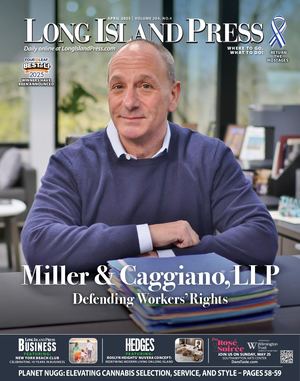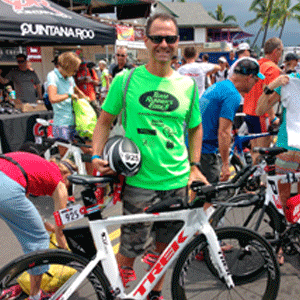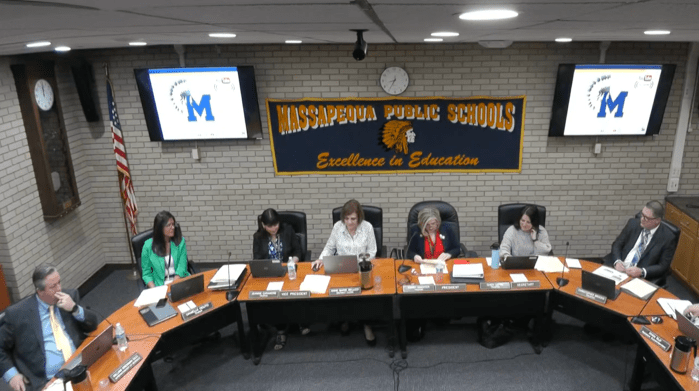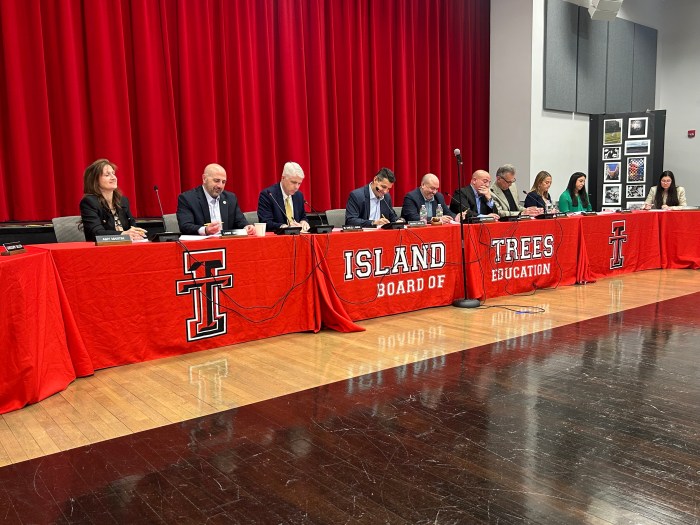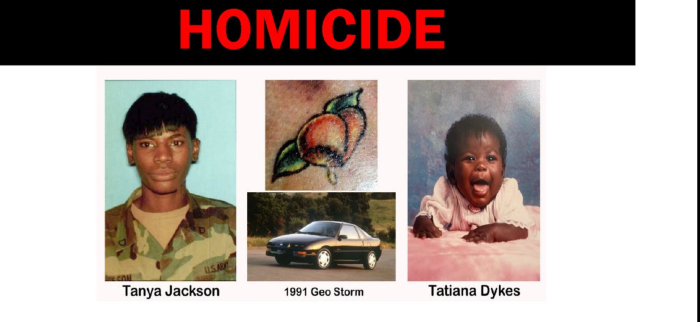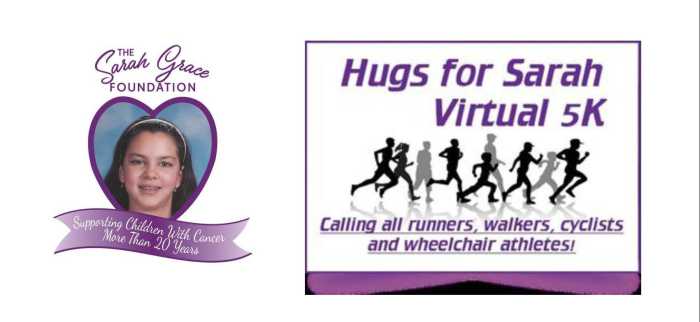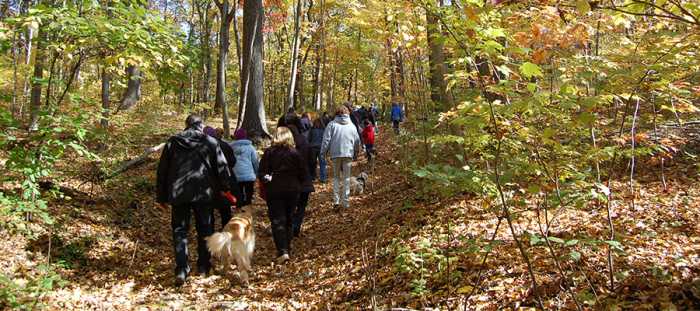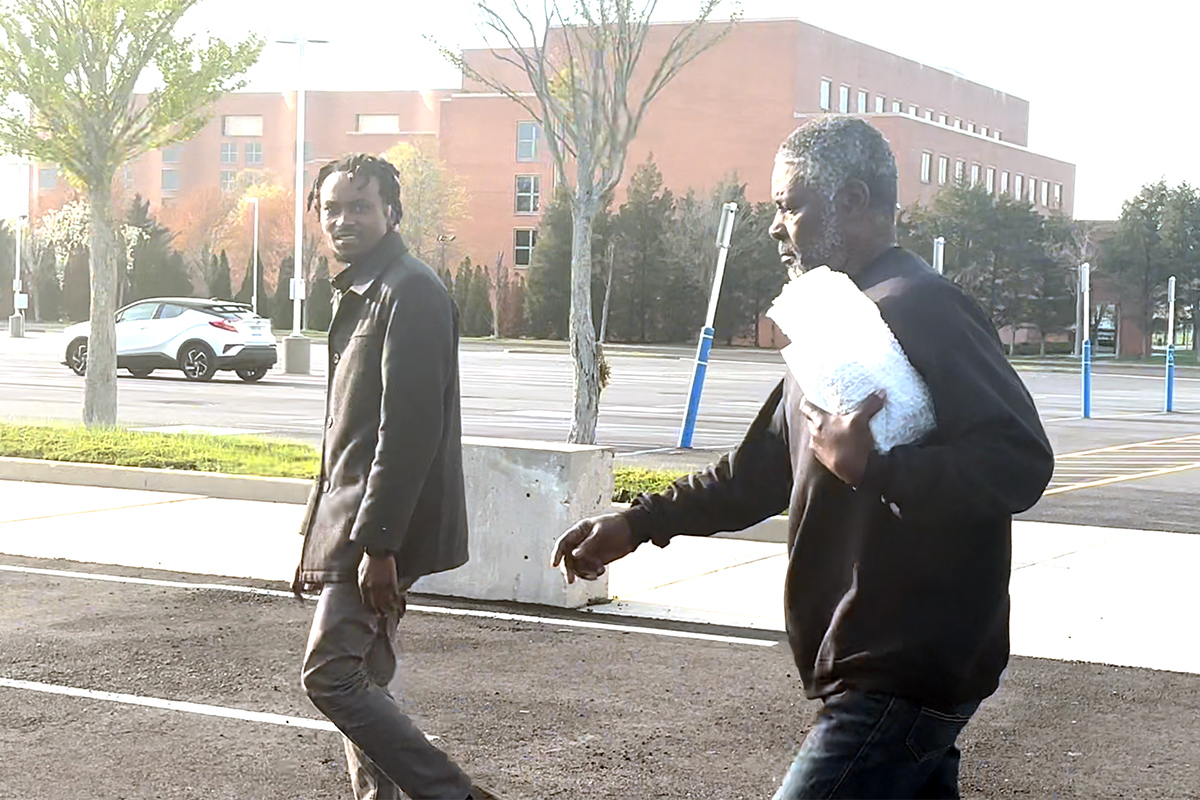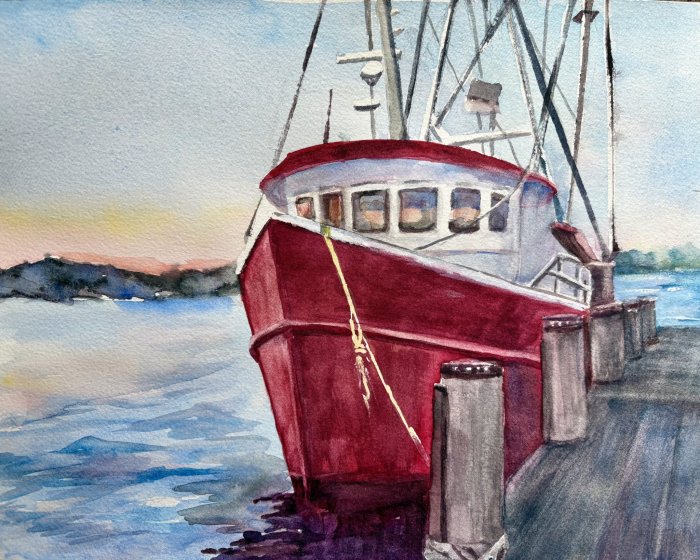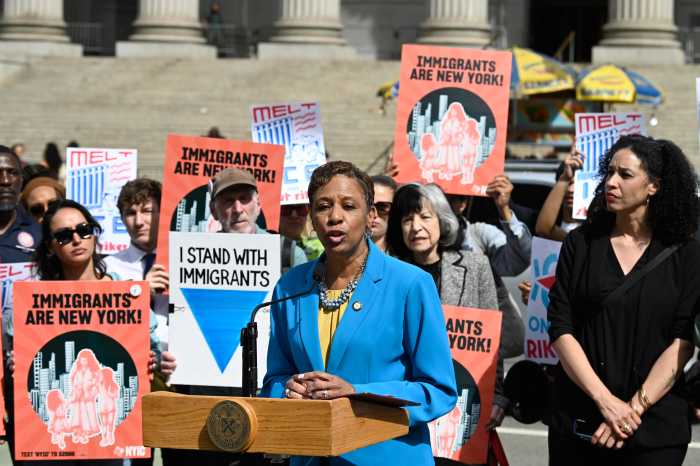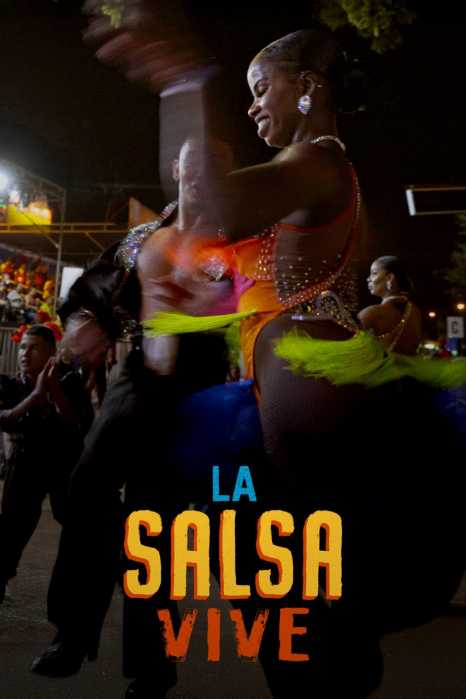
Massapequan Dominick Olivero remembers watching the famed Ironman triathlon of Hawaii when it was first televised back in the 1980s on Wide World of Sports and dreamed one day of doing it. Last month, he finally lived his dream—but his journey took many unexpected turns along the way.
The Ironman race began as a bet to see who were the fittest; swimmers, runners or cyclists. To settle the debate, U.S. Naval Commander John Collins and his wife Judy issued a challenge to competitors: “swim 2.4 miles, bike 112 miles, run 26.2 miles and brag the rest of your life.”
Forty-nine year-old Olivero has already completed five Ironman races, as well as the Boston and New York marathons and is set to run in the Philadelphia marathon next month. But he was never really an athlete until his younger brother Maurice tragically died of Lymphoma in 2001 at the age of 33.
“He was recently married with a newborn and died eight months after the diagnosis,” said Olivero. “His death was a wakeup call for me to get in shape.”
One day in 2005, Olivero received a flyer in the mail for Team in Training, which raises money for the Leukemia and Lymphoma Society.
“The organization will teach you how to compete in the events and pays for the costs and the competitor pledges to raise a certain amount of money for the Lymphoma society, so it’s a win-win,” Olivero said. “I thought this was a great way to honor my brother and maybe get involved in triathlons.”
In 2011 at the age of 47, Olivero was having the best year of his life and then noticed that the right side of his neck was getting larger.

“I swim facing the right side so I thought I grew a bigger muscle on that side,” he said. “It made sense to me.”
It turned out he had nasopharyngeal cancer and started treatment at Sloan Kettering in the city. Upon further diagnosis, it was discovered that the cancer had spread to his hip and he was now facing life-threatening stage four cancer. He was at the hospital everyday for chemo; 33 daily rounds of radiation to his neck and then 20 rounds of radiation to his hip.
“They put me on heavy duty meds for the pain; four oxycodone every four hours and 125 mcgs of fentanyl,” said Olivero. “Coming off these meds was the worst. I was vomiting every day and had the shakes.”
He lost a year of his life but he was alive and beat cancer.
Oliver’s two training buddies Steve and Ken, took him to Florida to get away from the hospital setting. They rented bikes and rode 49 miles. Olivero struggled through the ride, but started getting back into shape. He completed the Ironman at Lake Placid in 2013 and then the New York City Marathon the same year.
Olivero, a married father of two grown sons, works as a public adjuster representing home owners against insurance companies. He decided to sign up for the half Ironman in Mont Tremblant, Canada, but chose not to compete and instead, cheered on his friends.
A few days before the race, Olivero and his friends went to the hotel bar, where Olivero sat next to another man and they started talking about sports, including the Ironman competition.
“I was ranting about how hard it is to qualify for the Kona Ironman because there are too many races around the world,” said Olivero. “This man turned to me and asked, ‘why, do you want to go to Kona? I’ll give you my slot.’”
It turned out the man was the main sponsor of the event and every year he gets one slot he can give it to someone. As fate would have it, the man had a slot from the year before he never used and was able to give it to Olivero.
Olivero started training only three months prior to the race, whereas most people train for at least seven.
With family and friends in tow, Olivero began his Ironman dream. He made decent time in spite of tough conditions during the swim and then transitioned to the bike, his best part of the race.
“Something happened to me during mile 32,” he said. “Between the heat and the trade winds, I realized I should have taken more than five minutes to hydrate. At mile five, I didn’t have the power I usually do going on the bike,” Olivero continued, adding that he pulled over and almost passed out until a German tourist came over with some water. He let Olivero sit in his van, gave him a Coke and applied ice to his arms.
“I stood up and sat back down. I realized that I wasn’t going to have the race I wanted,” he said.

Olivero also did not want to disappoint his fans who were supporting him, so he mustered the strength to get back on the bike and face the headwinds.
“I told myself I was going to finish this race. At the turnaround, I took a little breather, not that I really needed it,” he said. “At mile 90 I stopped, had a Coke and took in the sites. A volunteer came by on a mo-ped and asked, ‘What are you doing? Do you realize that there is a bike cutoff here?’”
Olivero suddenly realized that he had to be off his bike by 5:30, otherwise he would not be allowed to finish the race. He was two miles away from the cutoff; with onlookers cheering him on, Olivero was confident that he was almost there as he cruised to the transition point.
Unbeknownst to him, this year the race had started at 6:50 a.m. for the men and 7 a.m. for the women. This meant that the bike cutoff was not 5:30 but 5:20; Olivero missed the cutoff by 1 minute and 26 seconds. A race official came over to him and asked for his chip. His race was over.
“I have never not finished a race,” he said. “I think about all of the stops I took along the way. Did I really need to do that? I know I will do this again. I don’t know how, but like Rocky III, I’ll do it, I will be back.”
Olivero received a kind email from the man who granted him the slot, saying ‘Don’t measure any of your accomplishments by one day or one race.’
In a race that tests your mind, body and spirit, Dominick Olivero has overcome some extraordinary life obstacles to prove he truly is an Ironman, and that he will be back.
